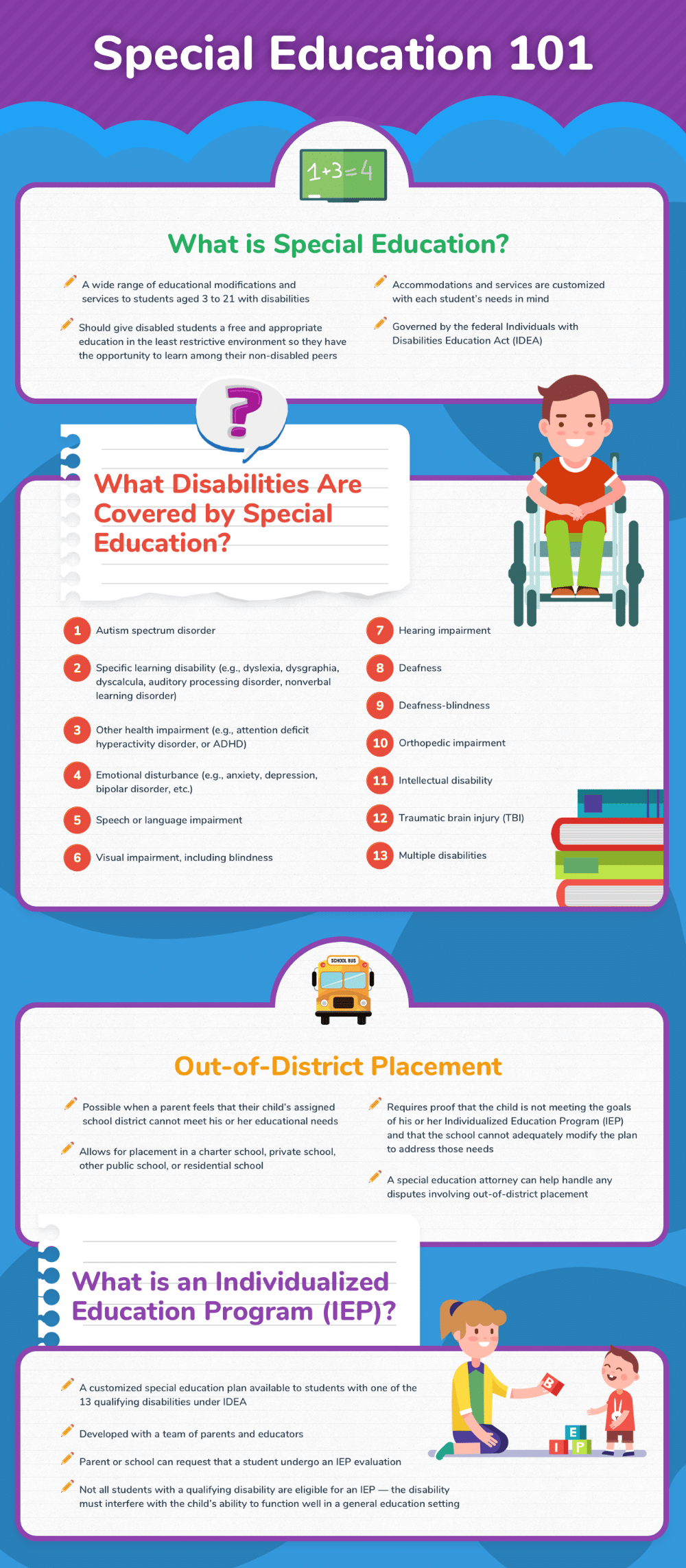Sarah is a 10-year-old girl who loves art, animals, and spending time with her family. She also happens to have Down syndrome. When talking about Sarah:
- Instead of saying “the Down syndrome girl,” her parents say “our daughter Sarah, who has Down syndrome.”
- At school, her teachers refer to her as “Sarah, the student with Down syndrome,” rather than “the Down syndrome student.”
- When discussing accommodations, they say things like “Sarah, who has Down syndrome, benefits from extra time on tests,” instead of “Down syndrome students need extra time.”
By using a person’s first language, Sarah’s family and teachers demonstrate that they see her as a whole person, not just her diagnosis. This helps create a more inclusive and respectful environment for Sarah and other kids with disabilities.















